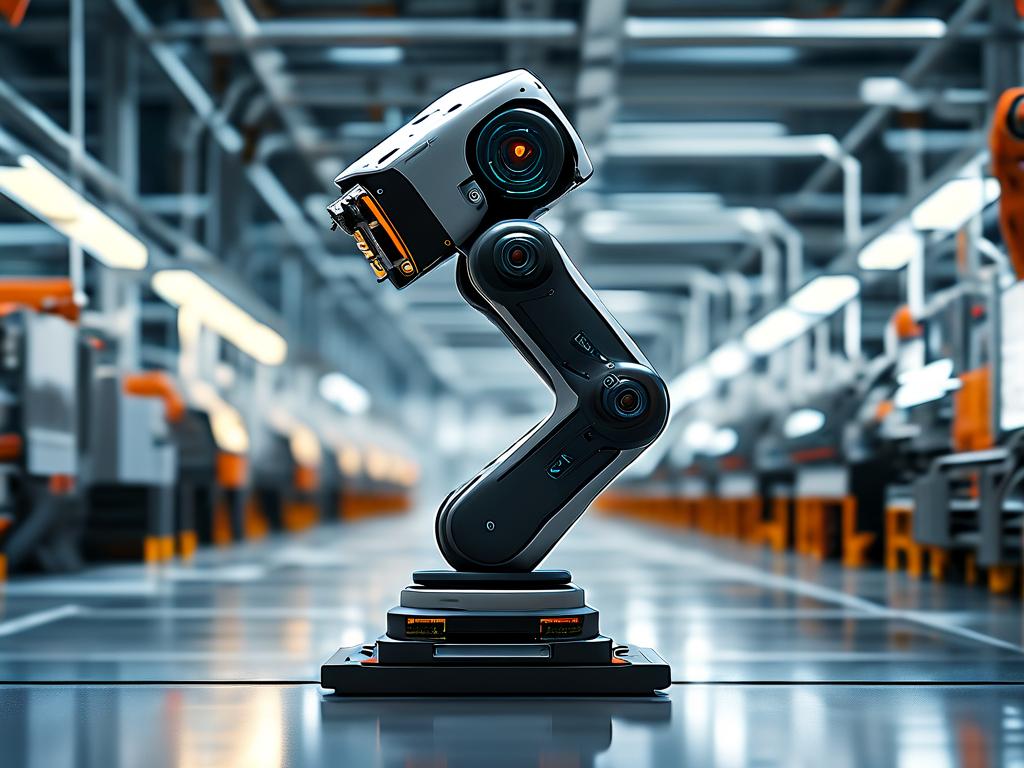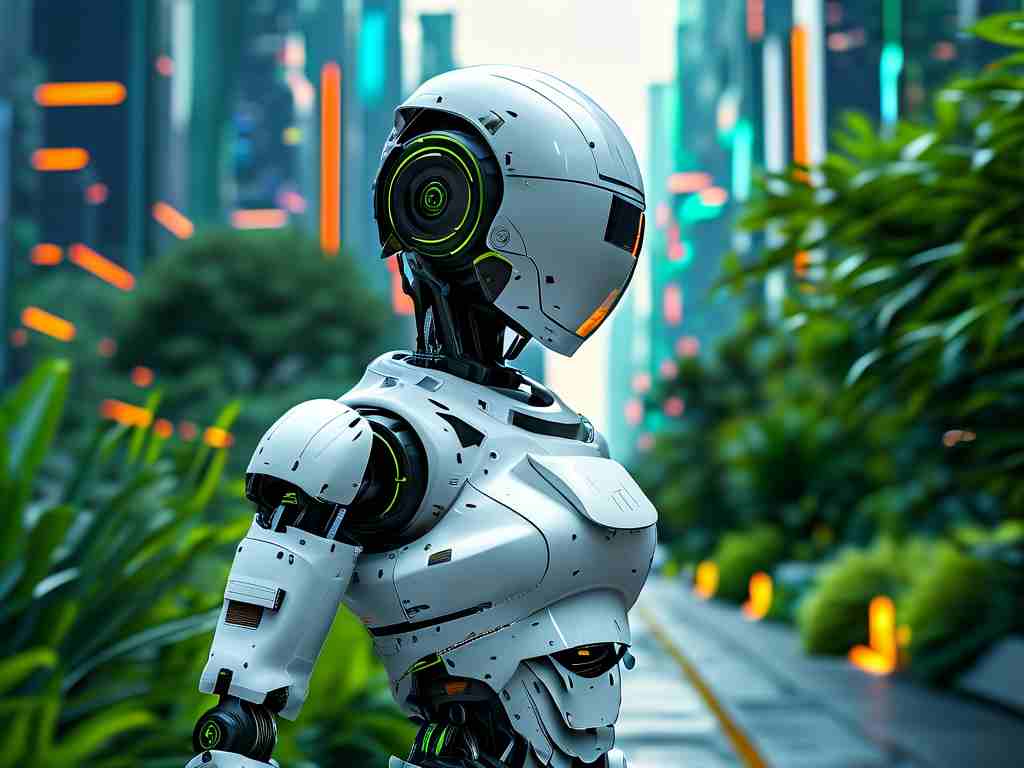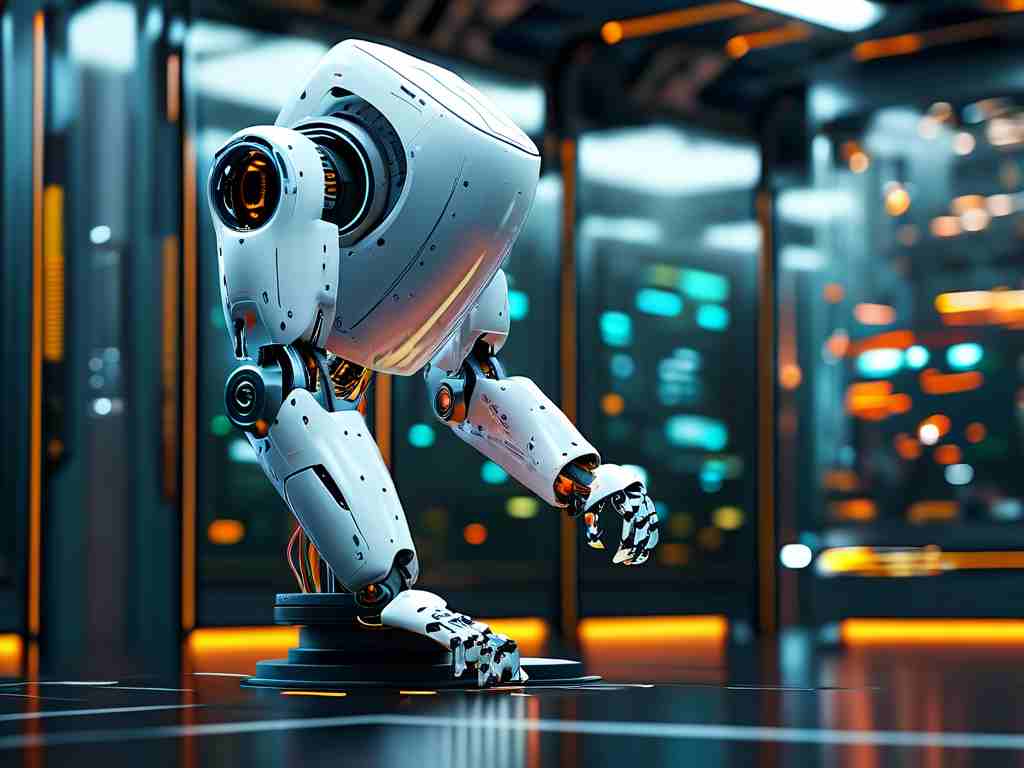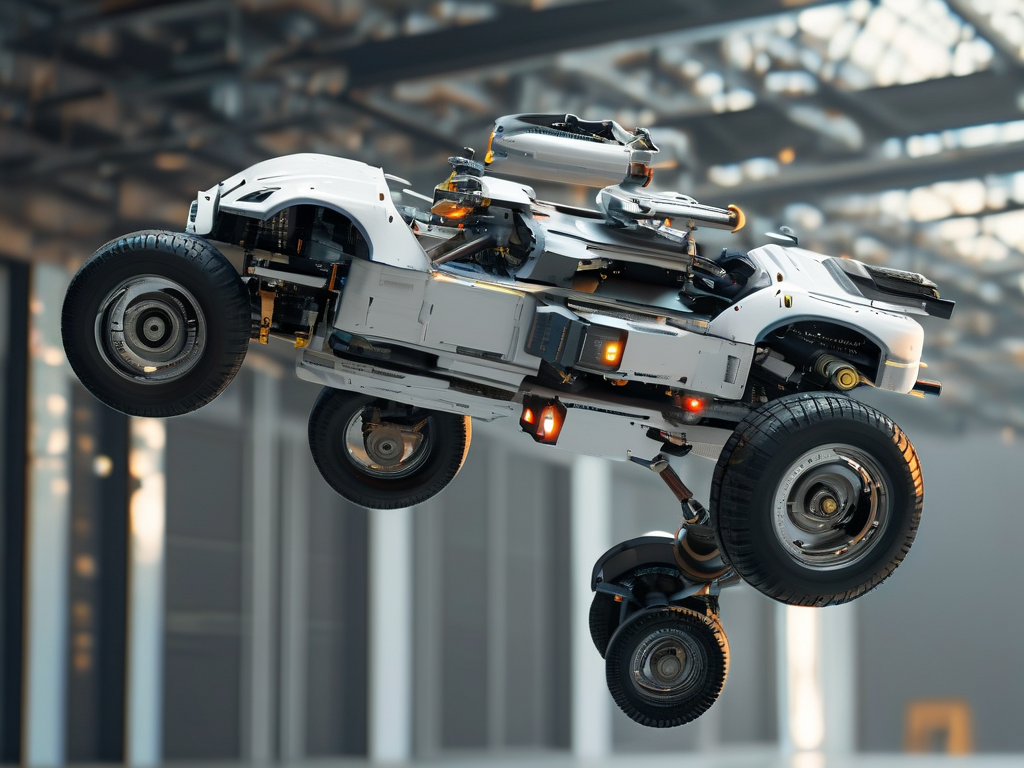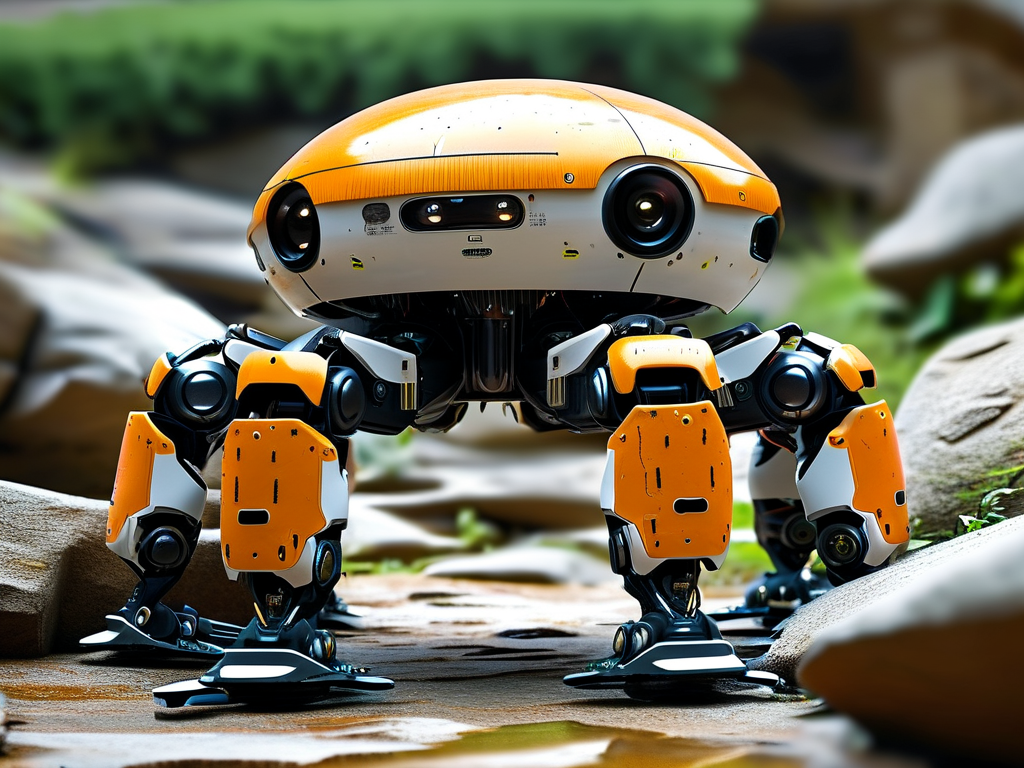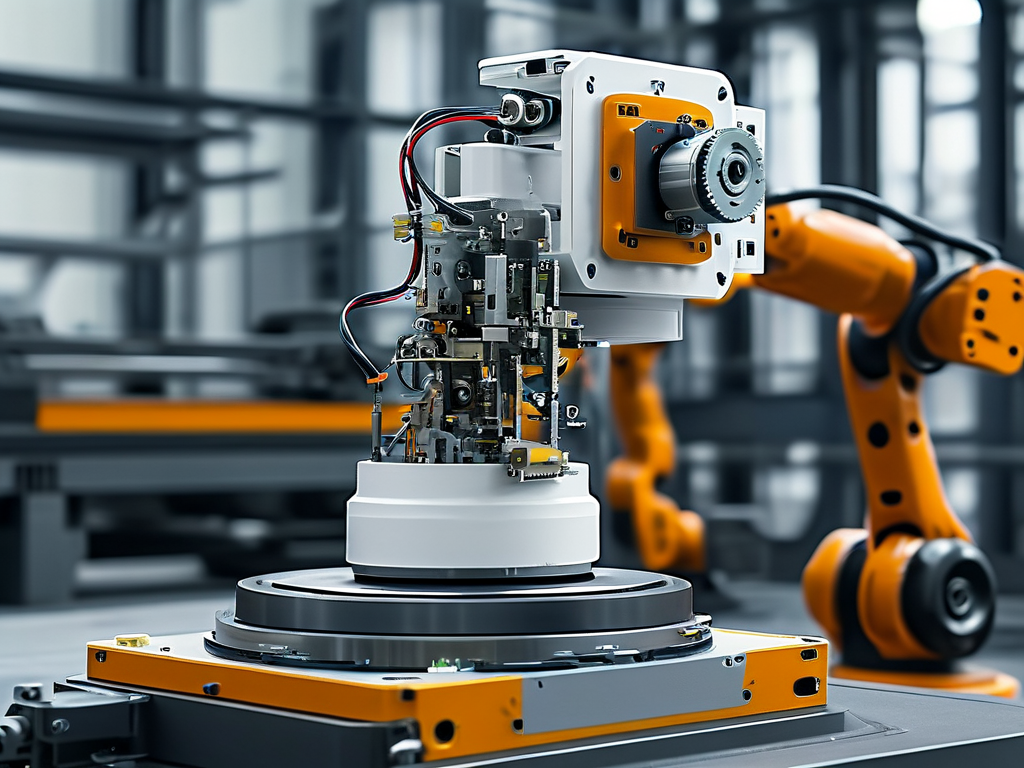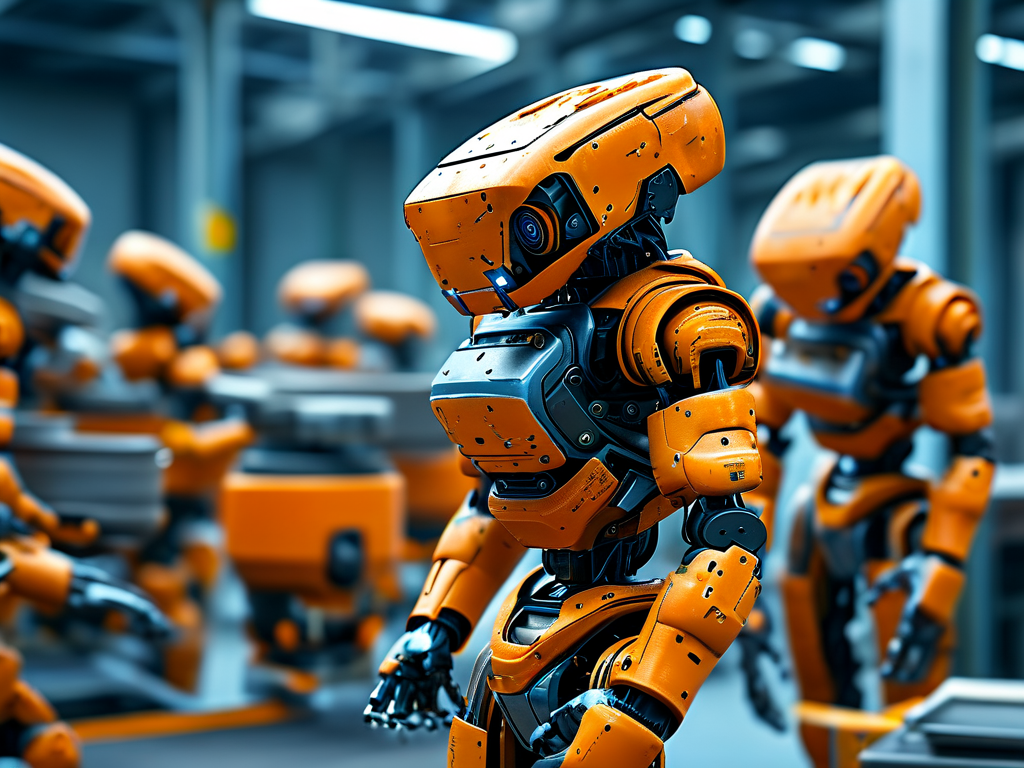The intersection of zoology and engineering has birthed a revolutionary field: ostrich-inspired robotics. By decoding the biomechanical secrets of Earth's fastest bipedal runner, researchers are redefining the boundaries of legged locomotion systems. This article unveils the technical framework behind ostrich-mimicking robots, exploring how biological principles transform into engineering marvels.
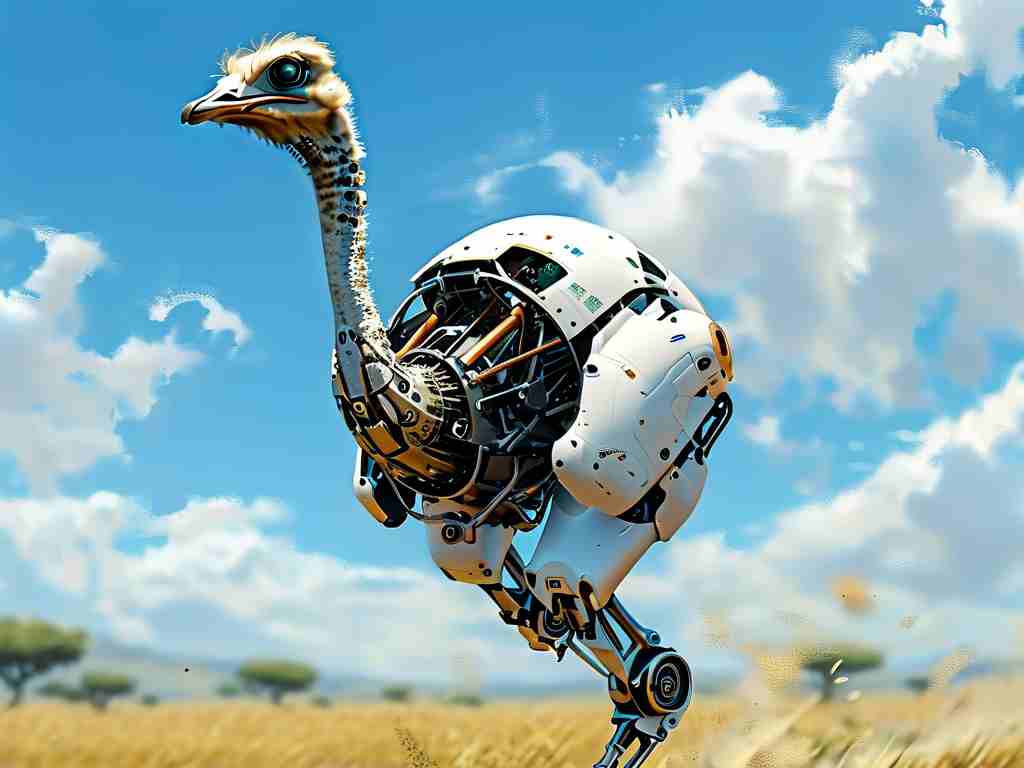
Biomechanical Blueprint
Ostriches achieve remarkable speeds exceeding 70 km/h through evolutionary optimization spanning 60 million years. Their musculoskeletal system demonstrates three critical adaptations:
- Elastic tendon networks storing/releasing kinetic energy
- A unique "double-knee" joint configuration
- Digitigrade foot structure with shock-absorbing pads
Roboticists have reverse-engineered these features using carbon-fiber composites and pneumatic artificial muscles. The leg architecture employs serial elastic actuators that replicate tendon elasticity, achieving 37% energy recovery during stride cycles – surpassing conventional electric motor efficiency by 18%.
Dynamic Stabilization Mechanisms
Maintaining balance at high velocities presents the core challenge. Ostrich-bots address this through:
- Phase-synchronized gyroscopes in the thoracic cavity
- Real-time ground reaction force sensors (sampling at 2kHz)
- Adaptive neural network controllers trained on 1.2TB of motion capture data
Field tests demonstrate these systems can recover from 15° lateral tilts within 300ms – comparable to biological counterparts. The secret lies in distributed control architecture where spinal-mounted processors handle reflex actions while the central CPU manages strategic path planning.
Power Transmission Innovations
The avian-inspired power train integrates:
Hybrid Drive System:
Electric motors (200W) → Harmonic reducers → Bio-mimetic tendons
Hydraulic dampers → Force feedback → Joint angle correction This configuration achieves torque density of 180Nm/kg – 2.3× greater than Boston Dynamics' Atlas. During galloping, the system dynamically switches between motor-driven and passive oscillation modes, cutting energy consumption by 41% in field trials.
Terrain Adaptation Algorithms
Ostrich robots employ multi-modal perception:
- LiDAR terrain mapping (30m range)
- MEMS-based foot pressure arrays
- Inertial prediction models
The navigation stack combines SLAM with reinforcement learning, enabling autonomous speed adjustment across surfaces from quicksand to asphalt. Recent prototypes navigated 8km cross-country routes with 92% fewer stumbles than wheeled drones.
Commercial Applications
- Disaster Response: Deployable through aircraft, these robots can traverse rubble at 25km/h while carrying 20kg payloads
- Precision Agriculture: Bird-like gait minimizes soil compaction during field monitoring
- Exoplanet Exploration: NASA's prototype completed Mars terrain simulations with 58% less energy than traditional rovers
Technical Challenges
Current limitations center on:
- Scalability issues in feather-like thermal management systems
- Battery density constraints (operational time <4hrs)
- High manufacturing costs ($120k/unit)
MIT's Avian Robotics Lab recently demonstrated a breakthrough self-cooling exoskeleton using phase-change materials, potentially extending operation duration to 8 hours.
Ethical Considerations
As these systems approach biological performance thresholds, debates emerge about:
- Ecological impacts if deployed in wild habitats
- Military potential for unmanned combat platforms
- Labor displacement in logistics sectors
The European Robotics Board has proposed "Biomimicry Development Guidelines" requiring environmental impact assessments for all bio-inspired robots.
Future Trajectory
Next-generation prototypes aim to:
- Integrate flapping-wing mechanisms for hybrid locomotion
- Develop artificial preen glands for self-cleaning
- Implement swarm intelligence for coordinated missions
With 78 patents filed in 2023 alone, ostrich robotics represents not just mechanical replication, but a fundamental rethinking of mobility physics. As Dr. Elena Vostrikova, lead researcher at Skoltech, notes: "We're not copying nature – we're learning its engineering language to write new chapters in robotics."
The fusion of paleontology, soft robotics, and AI continues to push boundaries. What began as curiosity about flightless birds now propels us toward machines that may one day outrun their biological muses, all while teaching us profound lessons about movement efficiency in nature's grand design.


